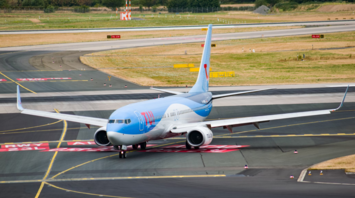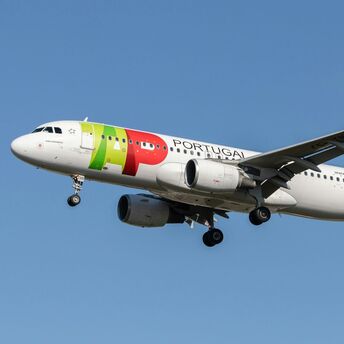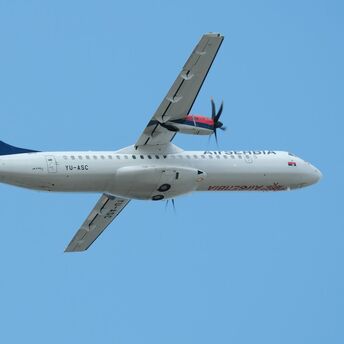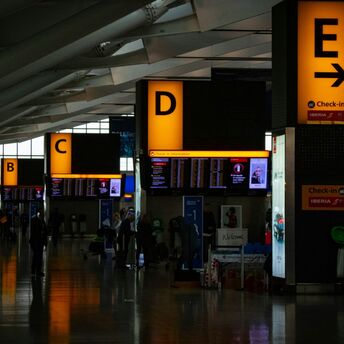Budapest Joins Birmingham’s Summer Flight Network

Starting in May 2026, travellers will be able to fly straight from Birmingham to Budapest on a new nonstop route run by TUI Airways. Flights will run every Monday during the summer season, linking central England with Hungary’s capital. This new route is meant for people heading toward the Danube or planning to see more of Hungary beyond the big cities. The route reflects seasonal planning trends and enhances Birmingham’s summer schedule with a connection to Central Europe.
The new flight may also benefit those planning visits to Lake Balaton, located west of Budapest. This part of Hungary has peaceful towns by the lake, old hills formed by volcanoes, and plenty of paths for walking , a good match for people who like quiet nature and learning about local life. The route’s inclusion in the summer timetable responds to wider interest in less congested destinations, offering an option for those seeking alternatives to coastal resorts or large urban centres.
If you’re in Birmingham before your flight, take a walk through the Jewellery Quarter. It’s an old part of town where people still work with metal, and you can step into small museums that tell the story of how the area became known for making jewellery. You can also follow the canals near Brindleyplace, where footpaths run past cafés and bits of public art, connecting the old factory buildings to modern city spaces. These areas provide a local view of the city’s transformation through different phases of trade and design.
When you land in Budapest, it’s not hard to get to big sights like Buda Castle, which sits on a hill above the Danube and is officially recognised as a UNESCO World Heritage site. The Central Market Hall, built in the 19th century, remains a functioning indoor market selling Hungarian produce, textiles and regional crafts. Plenty of visitors pass through these spots either before hopping on a river cruise or just wandering around Budapest at their own pace.

The launch of this route contributes to the expansion of point-to-point travel within Europe. By reducing the need for connecting flights, it may suit travellers seeking simpler itineraries through secondary airports. This new connection shows that more people want easy ways to get around Europe without too much hassle, especially when making travel plans during the busy summer months.



















